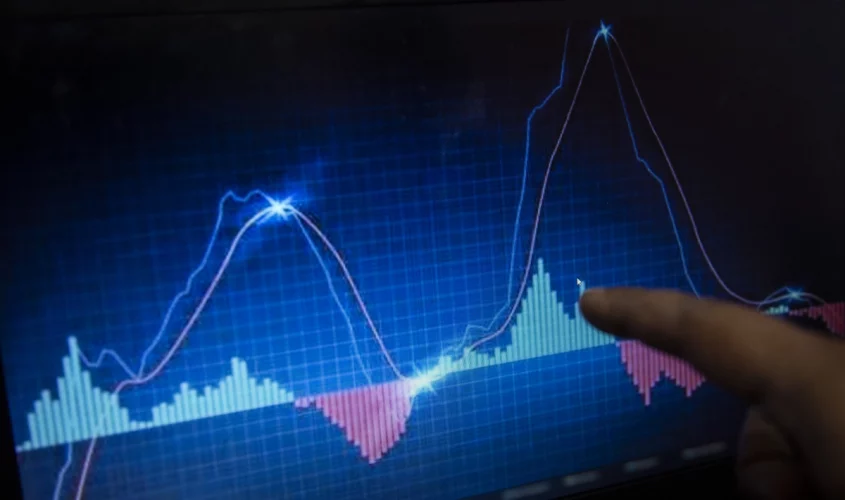What to know before investing in ETFs in Singapore

If the stock market is the heart of an economy, then Exchange Traded Funds (ETFs) are its arteries. These days ETFs are everywhere to be found.
Just take a look at Singapore’s Straits Times Index (STI) ETF, for example – it has roughly three-quarters of Singapore’s 30 STI stocks in it and many other stocks outside of the index too.
According to data culled by the Monetary Authority of Singapore (MAS), the total assets invested across all funds reached $871 billion by April 2016, up from $404 billion 10 years ago. And these investments helped investors turn S$13,870 into close to S$16,000 over that same time frame.
Of course, not every ETF has been a winner – some have fallen as much as 20% from their launch price, others have dragged down an investor’s portfolio.
That said, if you’re interested in investing through the stock market, then etf broker Singapore is your best bet for doing so. They can even give investors a better deal than most mutual funds can.
ETFs: Pros and cons
Pros
Transparency: Most ETF providers release details about the index they track and publish daily prices of its securities; cost compared to traditional mutual funds, which tend to have higher fees.
Trading ease: ETFs are listed on the stock exchange so that you can buy and sell them at any time during market hours. You can also quickly turn your position into cash, which means you won’t be forced to hold a security while it falls in value.
Diversification: Buying an ETF exposes you to many different companies within one investment. For instance, let’s say you bought the SPDR S& P 500 ETF (SPY), then you would own under four per cent of every company that makes up America’s top 500 most extensive stocks. Overall, the fund has more than 3,000 holdings. And lastly.
Low costs: Once upon a time, ETFs carried a slight premium compared with mutual funds – but have now been turned around. Many recently launched ETFs have lower fees than most of their counterparts.
Cons
On the negative side, they can be challenging to sell as individual stocks. Plus, if you’re investing outside the US, it is worth noting that not all providers offer this product (though brokers like Saxo Capital Markets do).
So, where should you start?
Typically, an investor should choose ETFs that track indices in line with their investment strategy, e.g. large-cap stocks for long term growth; small-cap stocks for short term trading; emerging markets for higher risk investors etc. The principle here is no different from choosing mutual funds, but you also need to consider the costs and liquidity with ETFs.
Low-cost is always a good option, so don’t be swayed by flashy marketing campaigns that push high-priced funds.
ETFs vs mutual funds, what’s cheaper?
ETFs are seen as the low-cost version of traditional mutual funds – which have traditionally been the more affordable way to invest in an index or sector. However, ETF fees fall quickly, leaving it on par with their cousins. And because they are bought and sold like stocks rather than being purchased directly from a fund company, transaction fees are lower.
The critical difference between the two types of investment vehicles is price. Here’s how each model works.
Mutual funds
The execution of a mutual fund is based on the price of its units/shares, which changes as investors buy and sell them. In other words, each purchase or sale of a unit results in a cost to the purchaser.
ETFs
ETFs are priced per share instead of being priced per unit, which means there are no transaction costs for buying one from its provider. Because they also have low annual fees, you only need to pay for management expenses when adding more shares over time. Transaction costs can be a significant drag on returns since mutual funds trade at the end of every trading day – but here’s something else to consider too.








